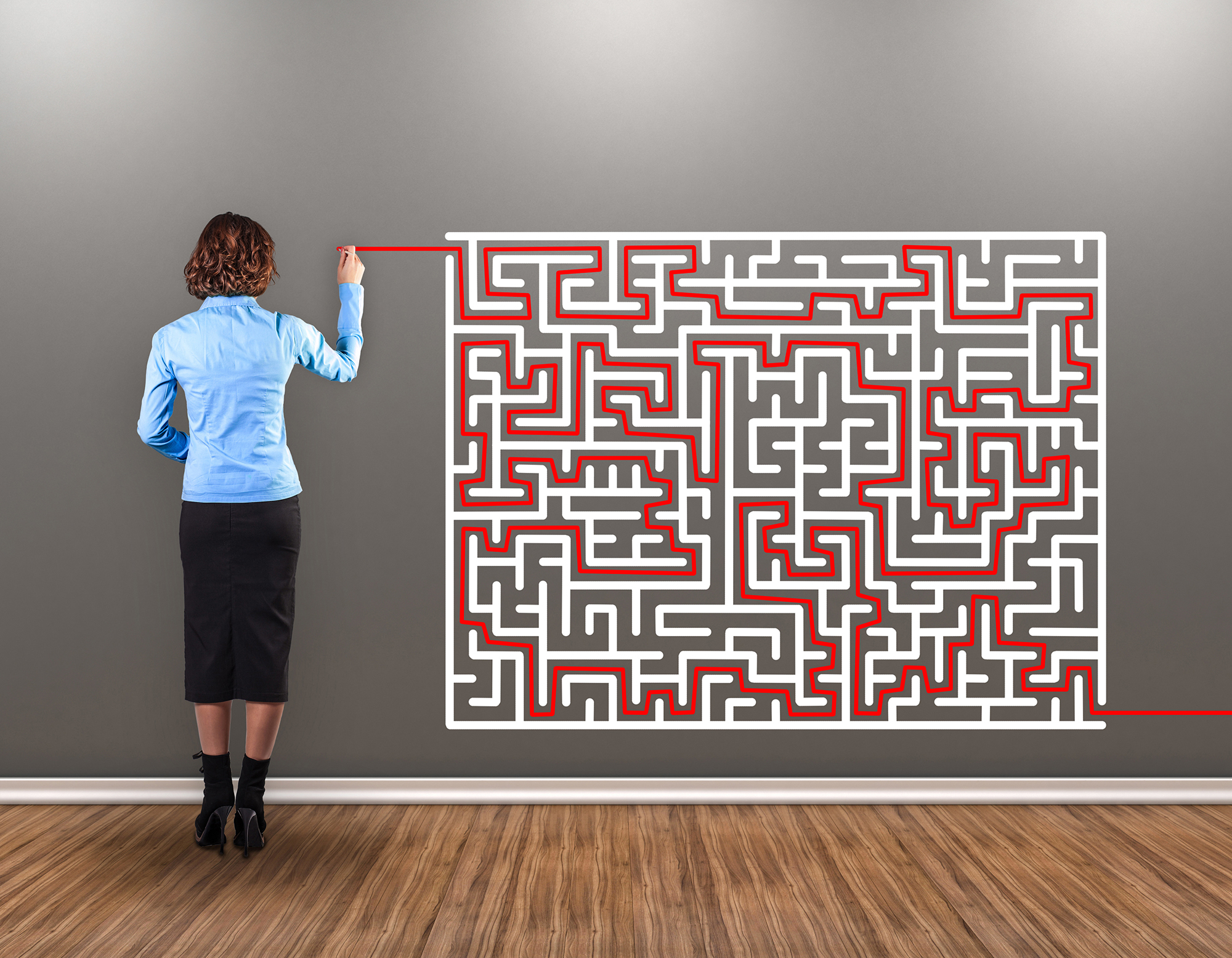My Infinite Thoughts on Learning
 It used to be easy to think of the learning curve. One axis for knowledge and the other axis represented time. One hoped for a steep ascending line starting in the lower left corner and skyrocketing up. We like to be described as “quick studies” to show that we can learn at the speed of light.
It used to be easy to think of the learning curve. One axis for knowledge and the other axis represented time. One hoped for a steep ascending line starting in the lower left corner and skyrocketing up. We like to be described as “quick studies” to show that we can learn at the speed of light.
Yet in the 21st century, information bombards us day and night. Our attention spans are fed in 15-30 second increments. Texting has replaced writing and words are replaced by emojis and three letter acronyms.
With endless demands on our time, we should be aware that learning is not a curve. Learning is iterative. It can also be interactive, visual, tactile. We need to be aware of our collective differences in learning styles and appreciate that there is no right way to learn.
Here are some pointers to help you learn more effectively in today’s distractive information age:
Don’t Be Afraid To Fail
A study found that people who tried to solve difficult math problems without any instruction or help were more likely to fail — but as a result, they came up with many ideas about the nature of the problems and what solutions might look like, which helped them perform better with similar problems later on. This is referred to as “productive failure”, similar to trial and error, and helps keep the mind creative and flexible.
Less IS more
Stop multitasking. Focusing on one thing at a time will help your learn quicker and more effectively. Designate time to work on one task or project. Eliminate Interruptions by turning off ringers, email notifications, and close your door if you must.
Use multiple media
The more ways you take in information, the more likely you are to retain it. Different types of media activate different areas of the brain, helping us remember things faster and retain information better. TIP: Try reading, listening to podcasts, watching YouTube videos, reading out loud and writing things out (just don’t do it all at the same time!)
Collaborate
According to Wikipedia, collaborative learning “is a situation in which two or more people learn or attempt to learn something together. Unlike individual learning, people engaged in collaborative learning capitalize on one another's resources and skills (asking one another for information, evaluating one another's ideas, monitoring one another's work, etc.)”
Use your creativity and imagination.
Some people describe themselves as "right-brained" or "left-brained," with the left-brainers excelling at math and the right-brainers being creative. Whichever side you fall under, don’t forget to let your mind wander on the creative side-we all have one! TIP: A study at NYU found that fiddling with desk gadgets can actually impact cognitive functioning—improving your focus and sparking fresh ideas.
Perhaps a new way to appreciate the journey of 21st century learning is to throw out the learning curve. Envision a learning maze. No matter which direction you go, you will collect data, make decisions, be presented multiple obstacles, overcome some and fail others...The ways to learn and succeed are infinite!
TELL ME ABOUT THE TALENT OR JOBS YOU’RE LOOKING FOR. Get in touch with me today!
